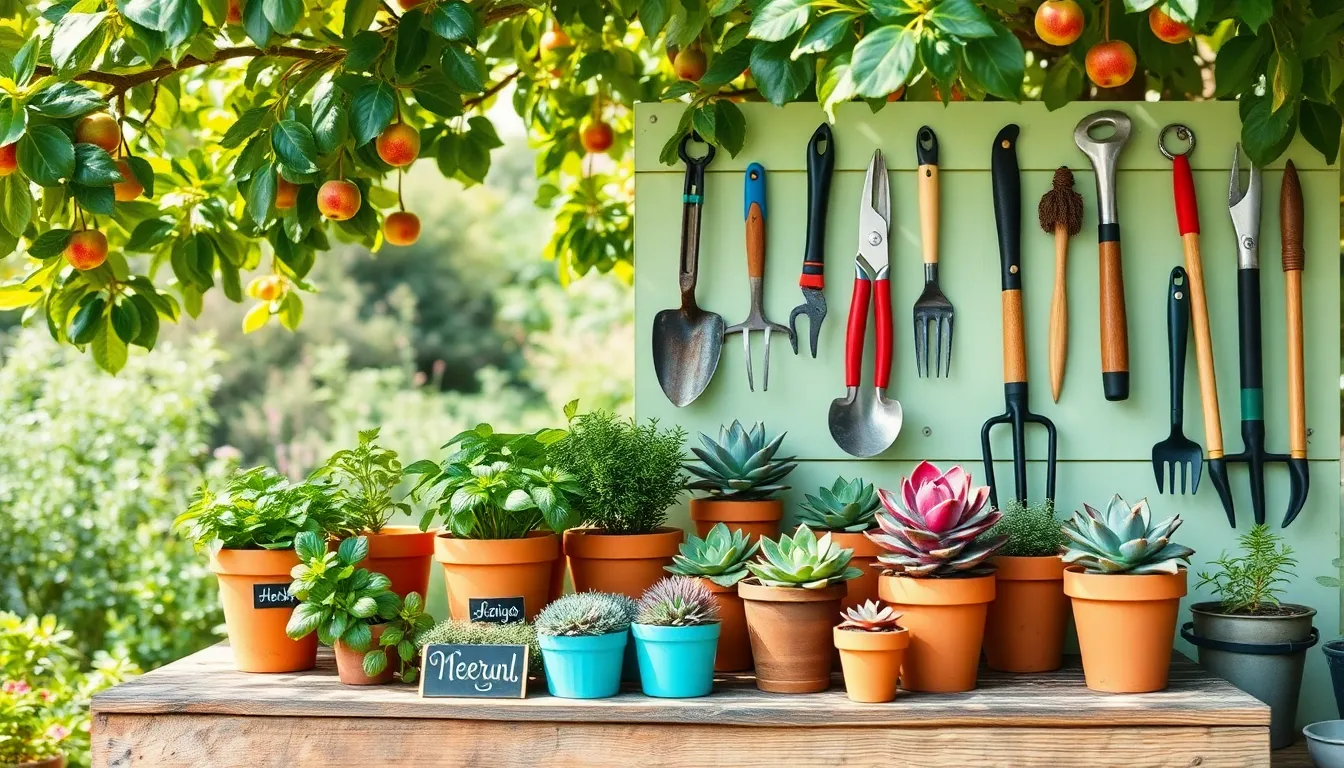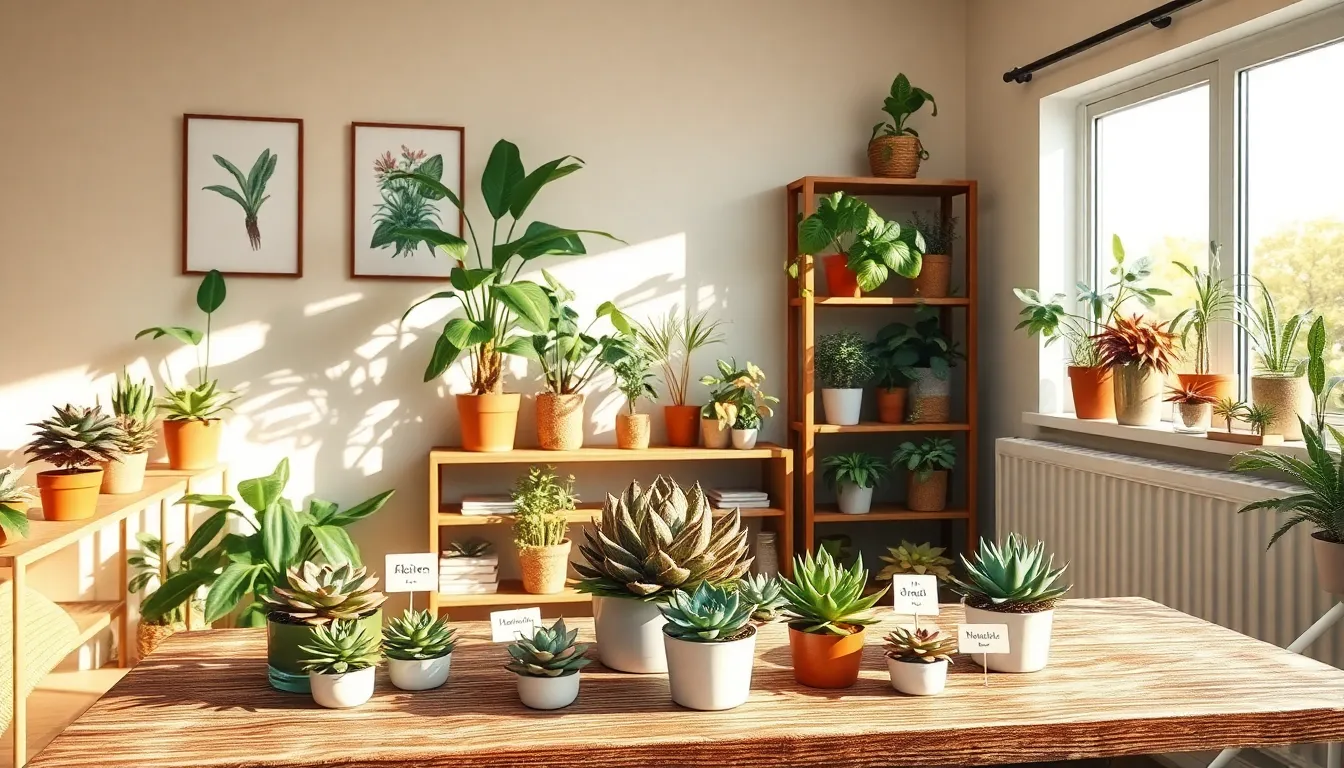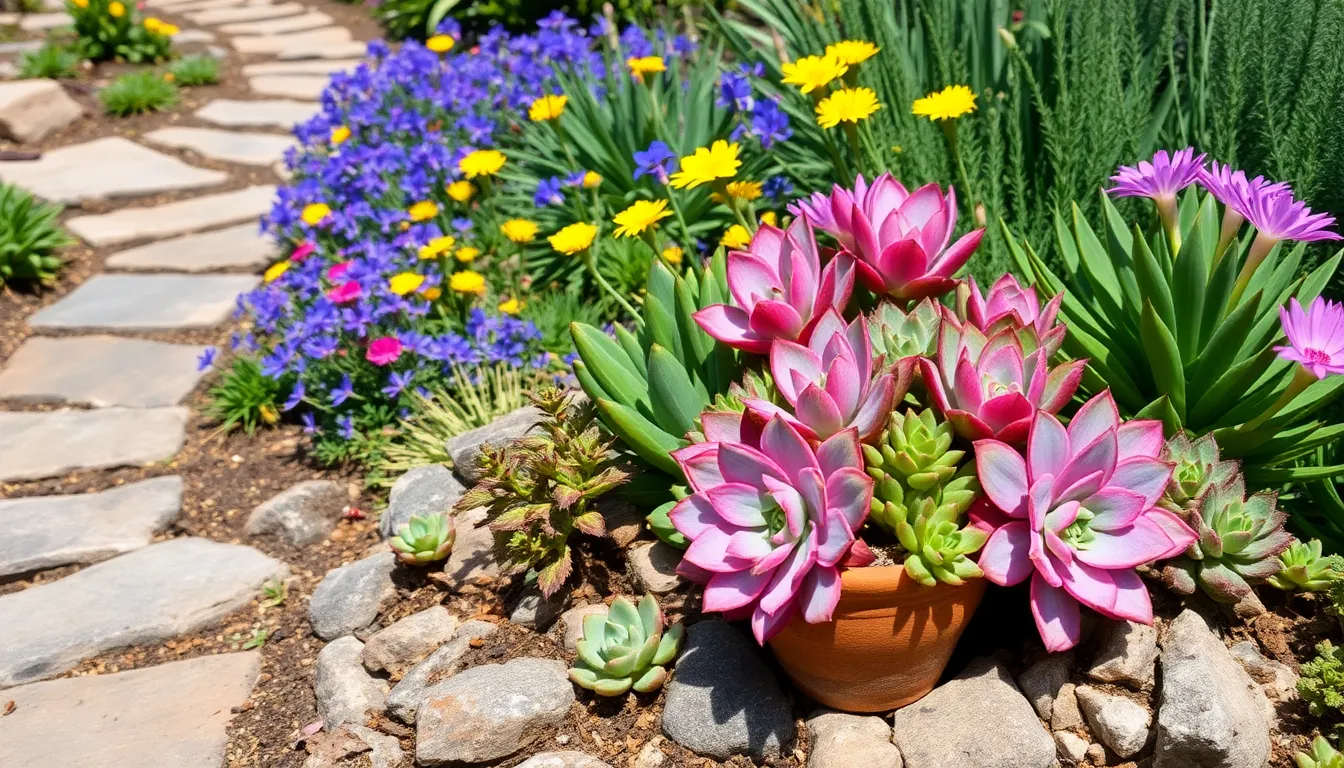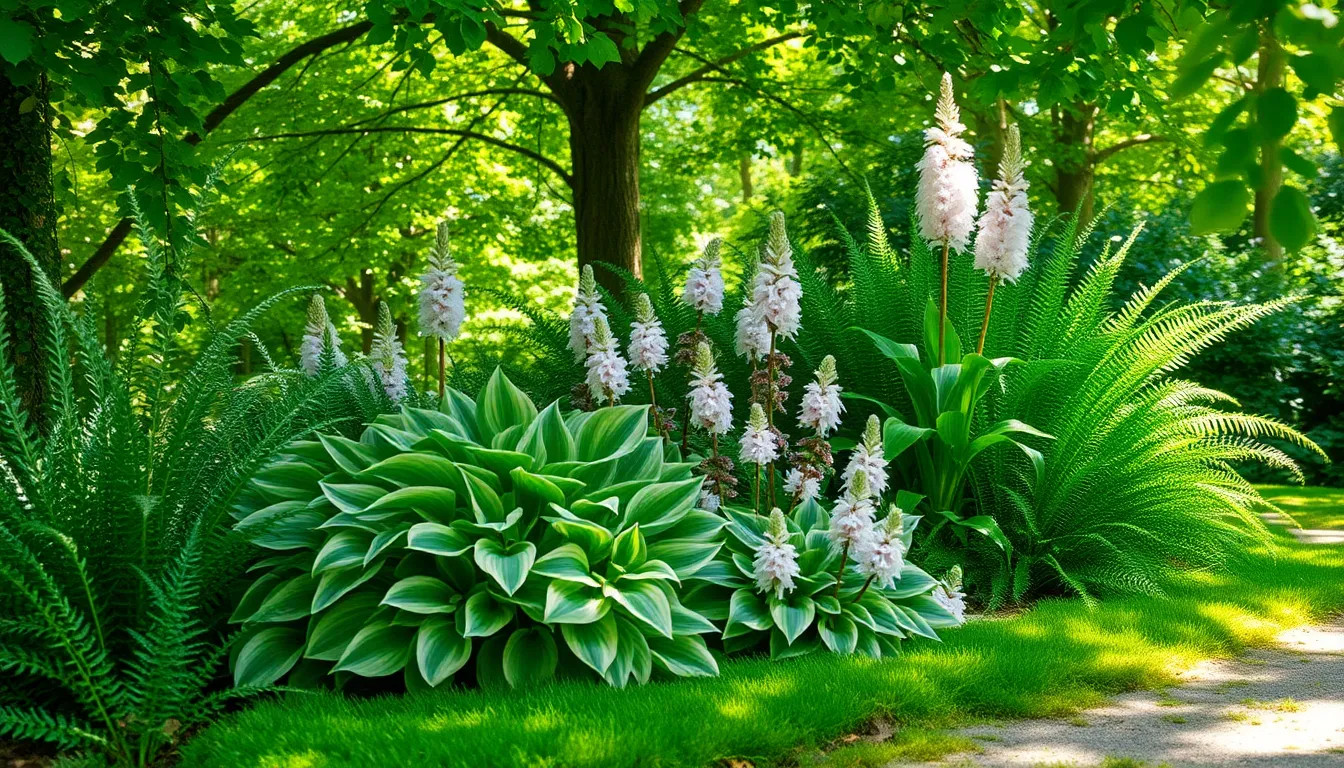Whether you’re a blossoming beginner or a seasoned garden veteran, organizing your garden supplies is the first step towards cultivating a successful and stress-free gardening experience. An orderly garden shed or storage area not only saves you time and frustration but also ensures that your tools and materials are always ready when inspiration strikes.
In this article, we’ll guide you through practical strategies for organizing your gardening essentials, making it easy to find exactly what you need when you need it. You’ll discover how to categorize your supplies effectively, optimize storage space, and maintain a clutter-free environment that invites both creativity and productivity.
By the end of our journey together, you’ll have transformed your gardening space into a well-organized haven, ready to support your green-thumb endeavors. So, grab a cup of tea and get comfortable, as we delve into the art and science of garden organization, tailored for gardeners of every level.
Assess Your Current Inventory
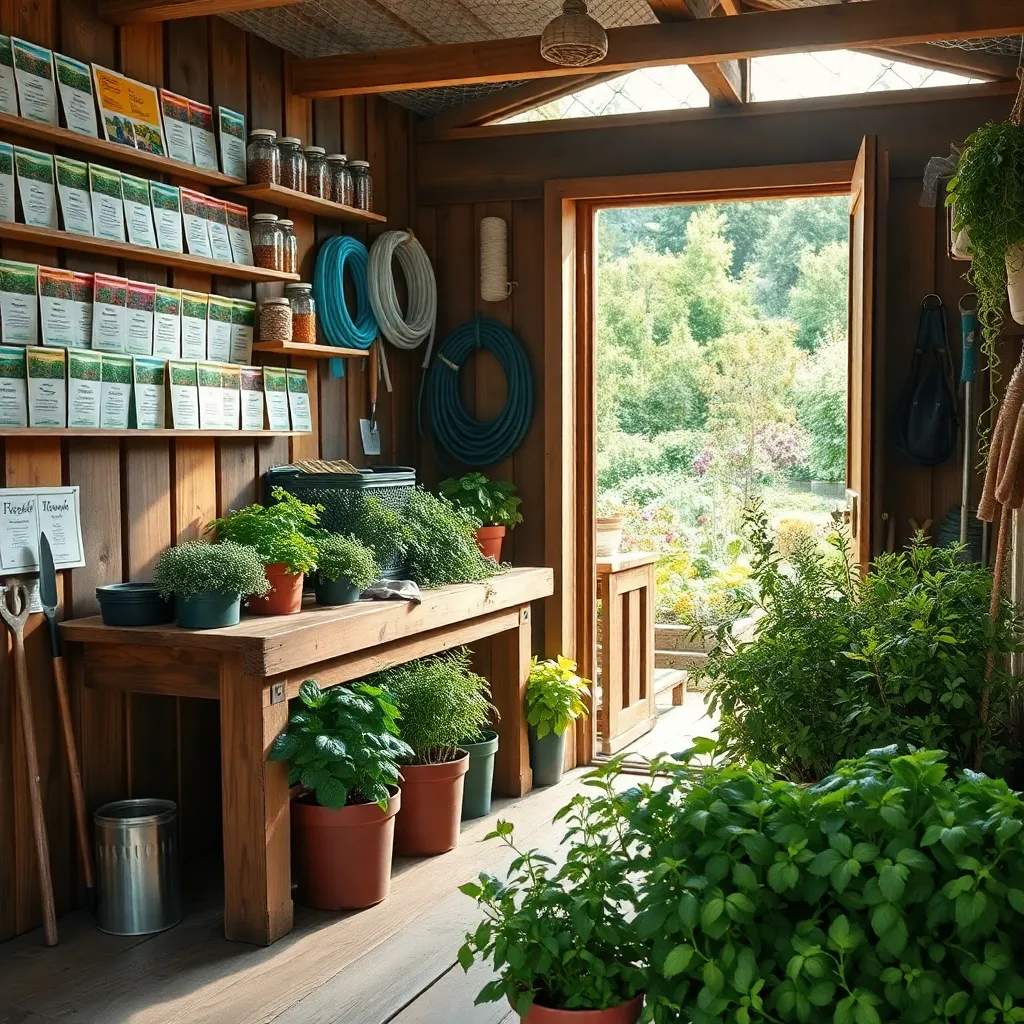
Begin by taking stock of all the garden tools and materials you currently have. This includes everything from hand trowels to potting soil, as each item plays a critical role in your gardening success.
It’s helpful to categorize your inventory into distinct groups such as tools, fertilizers, and seeds. Organizing by category allows you to quickly identify what you have and what you might need to acquire or replace.
Evaluate the condition of your tools by checking for rust or wear, which can impact their effectiveness. Sharpen any dull blades and oil moving parts to ensure they function smoothly when you need them.
For your soil supplies, check for any signs of pests or mold, as these can affect plant health. If you notice any issues, consider replacing or treating these materials to maintain optimal growing conditions.
Finally, review the expiration dates on packets of seeds and fertilizers, as their effectiveness diminishes over time. Properly storing your supplies in a cool, dry place can extend their usability and ensure you’re ready for the next planting season.
Categorize by Tool Type
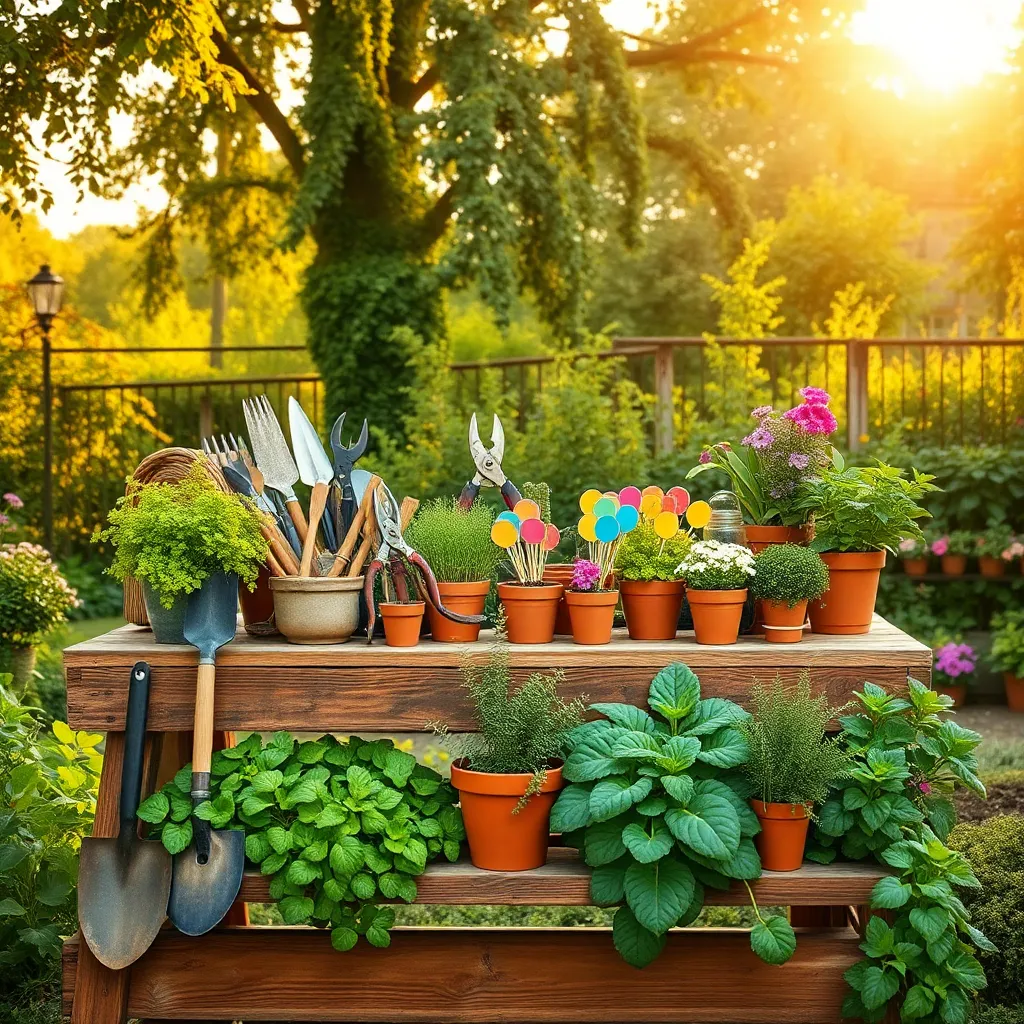
To organize your garden supplies effectively, begin by categorizing tools based on their use. This will help you identify what you have and what might be missing in your gardening toolkit.
Start by separating your tools into broad categories such as hand tools, power tools, and specialty tools. Hand tools like trowels, pruners, and hoes are essential for everyday gardening tasks and are best stored in a portable caddy for easy access.
Consider organizing power tools like lawn mowers and leaf blowers in a dedicated space, such as a shed or garage corner. Ensure these tools are kept clean and well-maintained to extend their lifespan and efficiency.
Specialty tools, including soil testers or grafting knives, should be grouped together to avoid misplacement. Labeling these tools and their specific uses can be helpful, especially if you’re exploring advanced gardening techniques like grafting or soil pH adjustments.
For an efficient garden setup, create a checklist of tool maintenance tasks such as sharpening blades and oiling hinges. This proactive approach not only keeps your tools in top condition but also improves your gardening efficiency by reducing downtime due to tool failure.
Designate a Storage Area
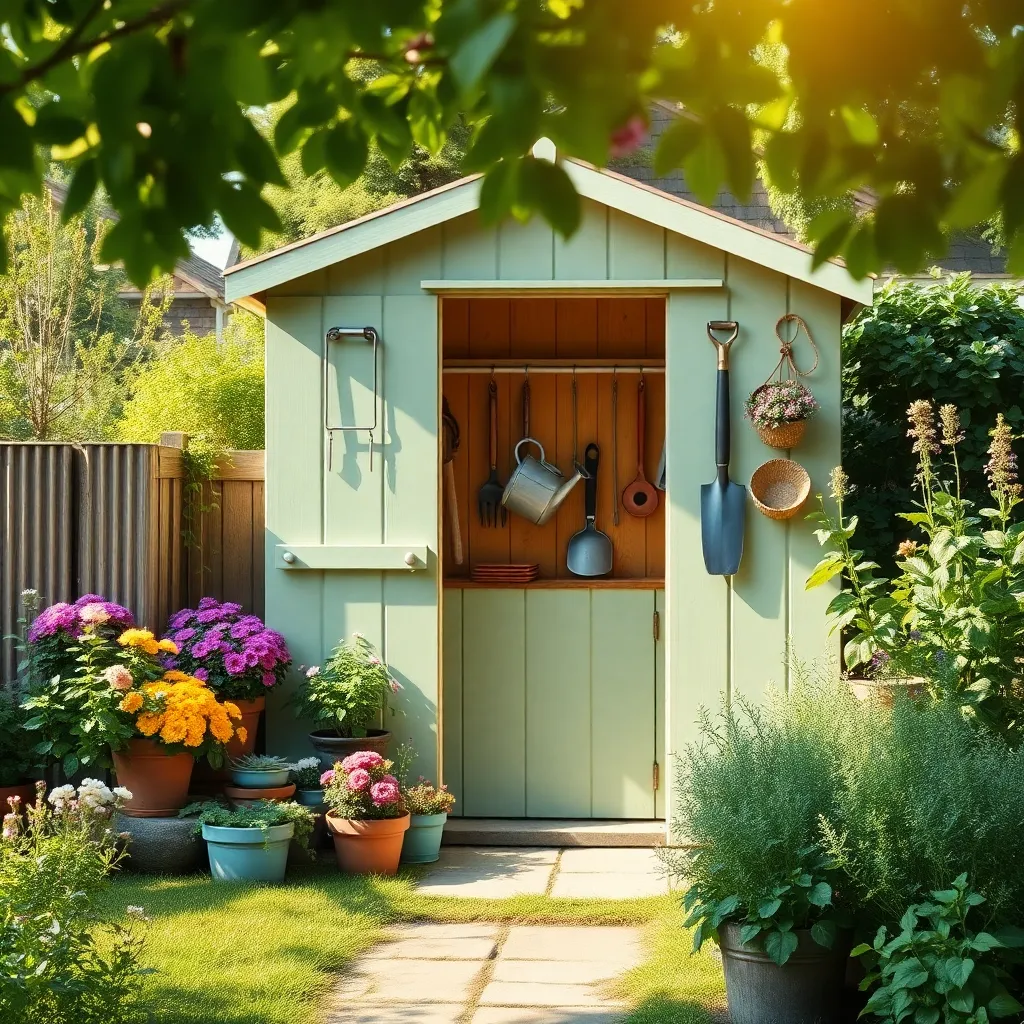
Designating a storage area for your garden supplies is essential for maintaining organization and efficiency. A well-organized space not only saves time but also prolongs the life of your tools and materials. Begin by choosing a location that is easily accessible from your garden, such as a garage, shed, or even a corner of your basement. Ensure this space is dry and protected from the elements to prevent rust and damage to your tools.
Consider installing shelves or pegboards to maximize vertical space and keep tools off the ground. Shelves are perfect for storing bins filled with smaller items like gloves, ties, and seeds, while pegboards can hold larger tools like rakes and shovels. Labeling bins and hooks will help you quickly find what you need and maintain order. For added convenience, keep frequently used items at eye level or within easy reach.
Investing in clear bins or containers with lids can make a significant difference in keeping your supplies organized and protected. Clear containers allow you to see the contents without rummaging through everything, saving you time during your gardening tasks. Additionally, using moisture-absorbing packets in each container can help prevent mold and moisture damage, ensuring your supplies remain in top condition.
If you have a wide variety of fertilizers, soils, or amendments, consider creating a specific section for these products. Store them in airtight containers to prevent spillage and contamination, which can be particularly crucial if you have organic or specialized products. For advanced gardeners, keeping detailed records of your supplies, including purchase dates and expiration, can help maintain the efficacy of these products and ensure optimal plant care.
Label and Store Efficiently
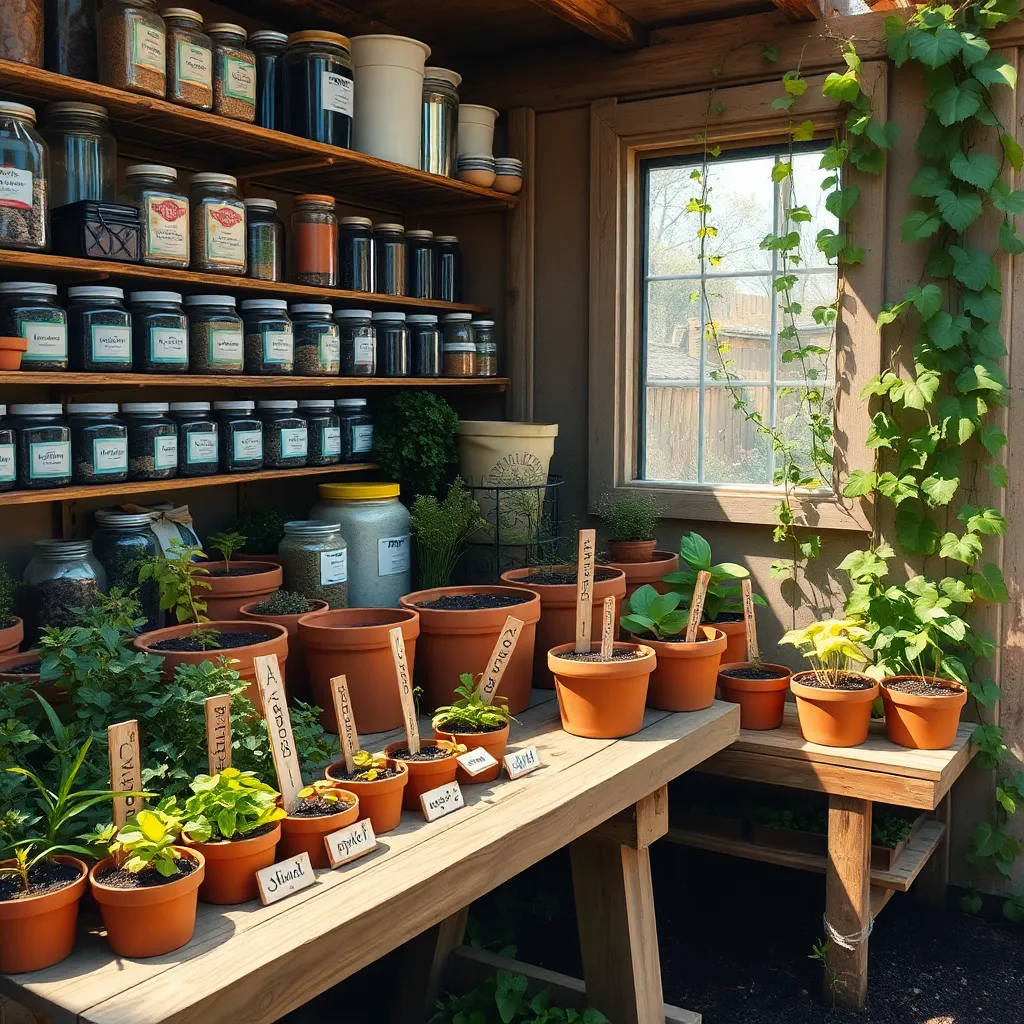
Labeling your garden supplies can save you time and prevent confusion. Start by using weatherproof labels or tags to identify different seeds, fertilizers, and tools. This ensures that even in damp conditions, your labels remain legible, allowing for quick identification.
To create durable labels, consider using a permanent marker on plastic tags or use a label maker for a more uniform look. Attach these labels securely to containers or shelves so they don’t get misplaced.
Organizing your supplies in clear, stackable bins can make a big difference in maintaining order. It’s beneficial to group items by category, such as seeds, fertilizers, and tools, to make finding what you need quick and easy. A clear bin lets you see the contents at a glance, speeding up your gardening tasks.
Advanced gardeners can take organization a step further by maintaining an inventory list of their supplies. This could be a simple spreadsheet or a notebook that tracks quantities, purchase dates, and expiration dates. By doing so, you can plan your gardening activities more efficiently and avoid last-minute shopping trips.
Implement a Maintenance Routine
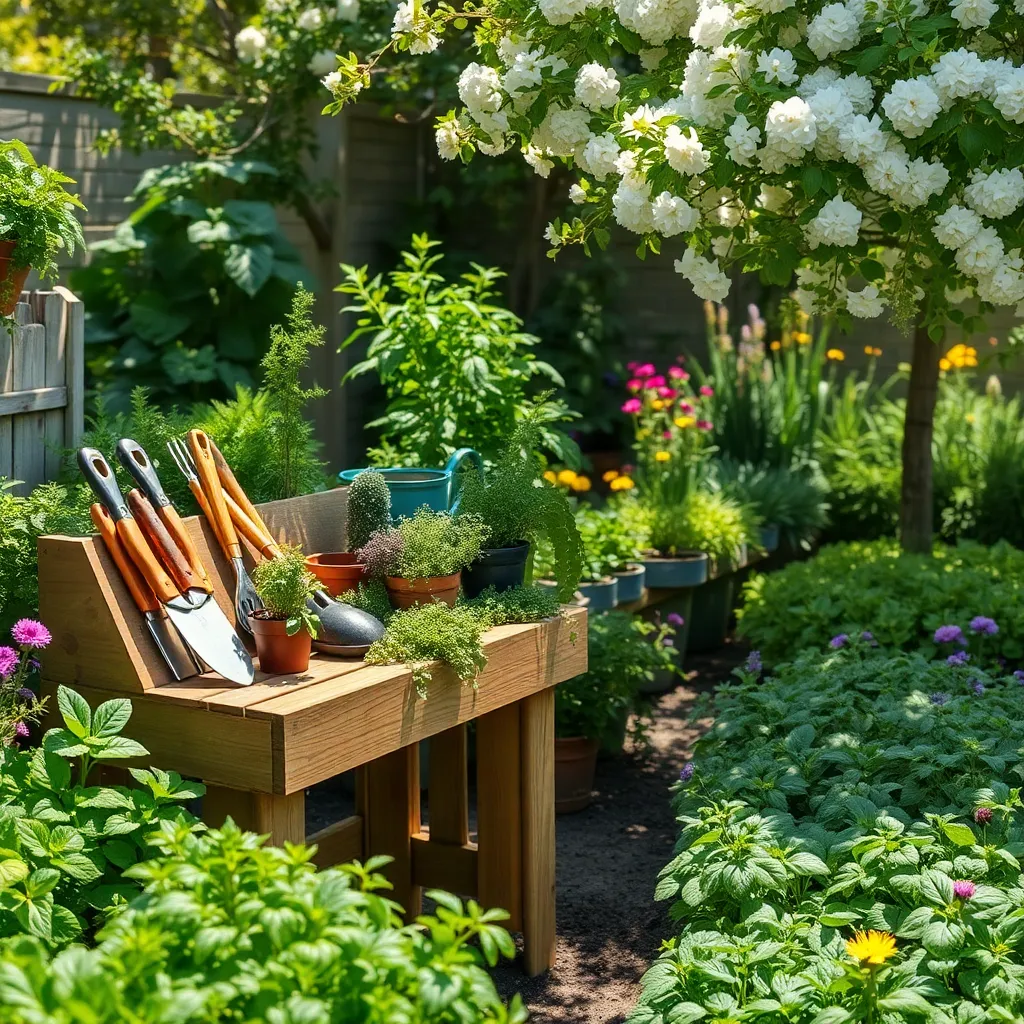
Implementing a regular maintenance routine is essential to keeping your garden supplies in top condition. Start by scheduling a monthly check of your tools, ensuring they are clean, sharp, and free of rust, which will extend their lifespan significantly.
To maintain tools efficiently, consider storing them in a dry, sheltered place to prevent moisture buildup. For more advanced care, apply a light coating of machine oil to metal parts to prevent rusting, especially during wetter months.
Beyond tool maintenance, it’s also crucial to implement a consistent watering schedule for your plants. Most plants thrive with a deep watering once a week, ensuring the soil is moist but not waterlogged, but always adjust based on your plant species and local climate conditions.
Consider grouping plants with similar water and light needs together to streamline your maintenance efforts. This not only simplifies your routine but also enhances plant health by ensuring each receives the appropriate care.
Conclusion: Growing Success with These Plants
In nurturing any relationship, organization is key, much like tending to a garden. This article highlighted five essential relationship concepts: communication as the foundation, the importance of shared goals, the art of compromise, celebrating each other’s growth, and maintaining a sense of humor through challenges. These principles serve as the tools that help cultivate a thriving partnership.
As an immediate step, reflect on how you communicate with your partner. Consider setting aside time this week to discuss your shared goals and how you can support each other’s growth. This small action can set the stage for deeper understanding and connection.
Remember, no garden flourishes overnight, and neither do relationships. With consistent effort and nurturing, you can build a resilient and joyful partnership. Bookmark this article so you can revisit these concepts whenever you need a reminder or a boost of inspiration.
Looking ahead, envision a future where your relationship blooms with trust and happiness. With these tools and a commitment to growth, you’re well on your way to achieving lasting relationship success. Embrace the journey and let your love flourish!

